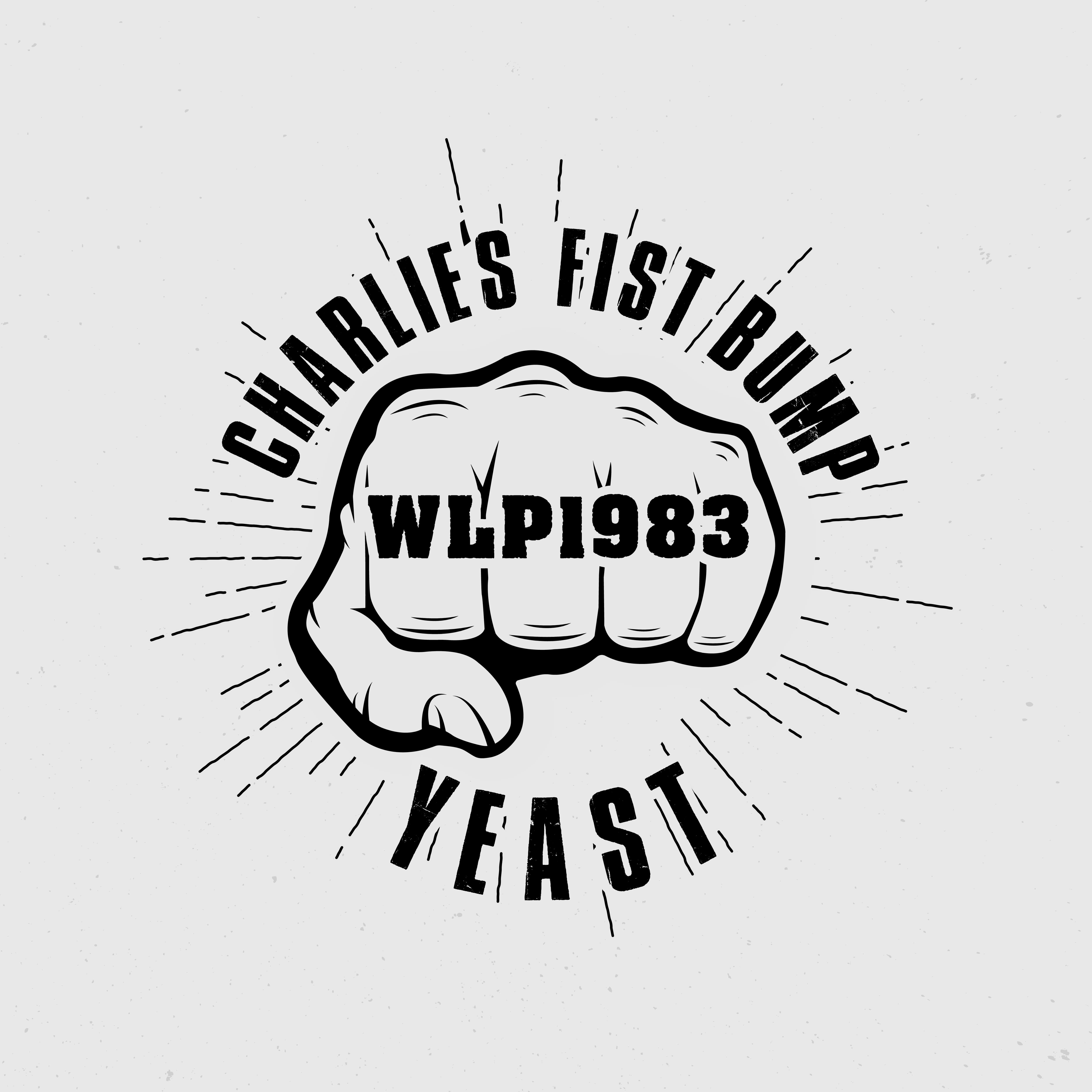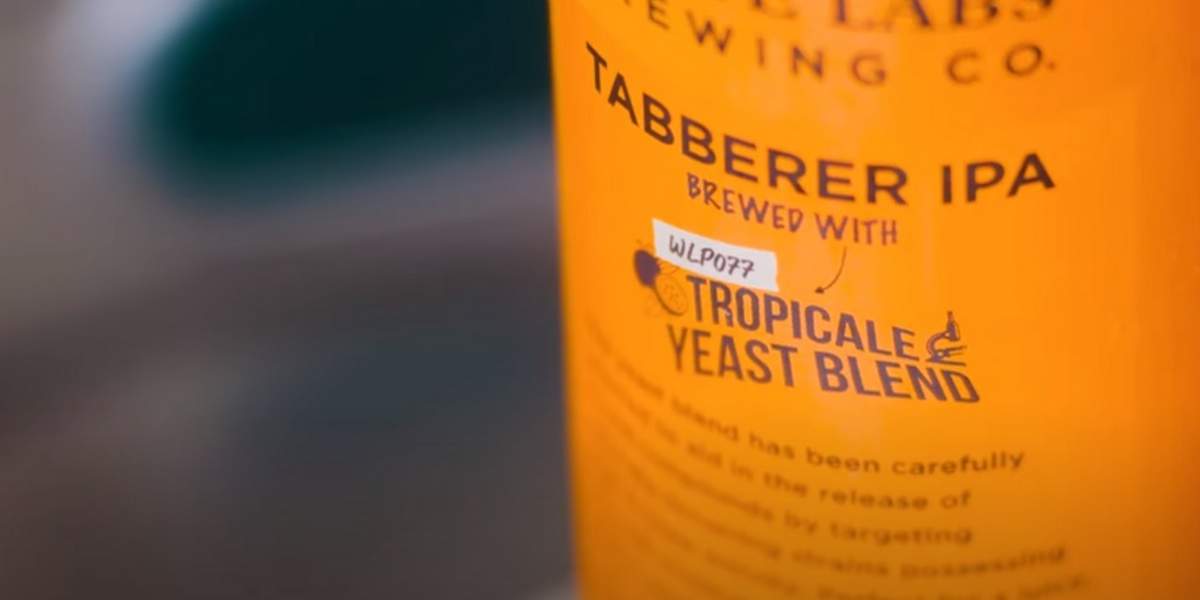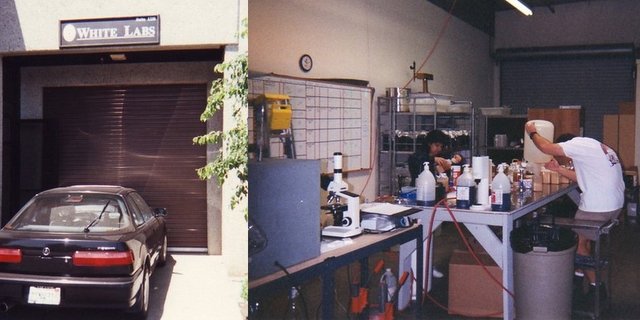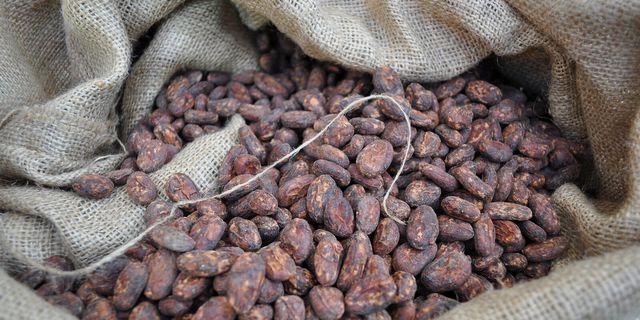Charlie Papazian, founder and past-president of the Brewers Association, as you likely know, literally wrote the book on homebrewing. What you may not know is the story of Cry Havoc — the yeast strain that he cultivated and used in those early recipes.
The year was 1983. “The best yeast you could get was in a dry package and it was pretty poor,” Charlie recalled. “Some of it was labeled lager yeast, but it wasn’t lager yeast. … But that’s what we were using.”
Until one day, a friend at Coors Brewing dug up a yeast they had in a freezer and gave it to Charlie to use in a special brew he was working on for a big brewers event.
“I got these yeasts in a test tube and a slant, and, in those days, you know — what’s a slant? There were no books about yeast cultivation. There’s no information about this,” he told us.
So Charlie became the source information, authoring the Joy of Homebrewing and The Homebrewers Companion and Microbrewed Adventures and on and on, as he cemented his status as the godfather of homebrewing. Along the way he was using this yeast strain, which he dubbed Cry Havoc, in a majority of those pioneering recipes.
He managed his yeast by culturing it in 1.038-1.040 very pale hopped wort in one- or two-quart glass jars. The yeast was very resilient and could be kept for years on fermented wort if properly stored and not disturbed. When at times there were wild yeast infections, the wild yeast would die off over a long period of time, but his yeast would survive and ferment with consistent character.
Fast forward all the way to 2007, White Labs Founder Chris White asked Charlie about his yeast and soon thereafter a microscopic examination Charlie’s yeast was found to be clean, healthy and produced great beer. The company made it available for purchase in its library of yeasts, but with Charlie entrenched in his role with the BA, he couldn’t really be associated with it.
Until now!

At the Craft Brewers Conference this year, we had the awesome opportunity to chat with Charlie and Chris about the rebranding and reintroduction of Cry Havoc — now to be known as Charlie’s Fist Bump Yeast — which is now available for home and pro brewers alike to purchase via White Labs.
But first, you have to understand the full history behind it. Be sure to hear Charlie and Chris White discuss it all in the video above, as we get into:
- The history and cultivation of the yeast (it almost didn’t survive!)
- What makes it special, what types of beers it works best in
- Why was it named Cry Havoc?
- Why is this Fist Bump yeast relevant today?
- And can we get the moderator to just shut up already?
More on Charlie’s Fist Bump yeast
Extremely versatile yeast for lagers, ales, hybrid-styles and mixed fermentations. Appropriate fermentation temperatures and techniques will yield classic lager and ale characters.
Fermentation temperatures:
- At ale higher ale fermentation temperatures classic fruity esters are produced during primary ferment. Subsequent cellaring of ales in the mid-50-degree F range expedites compact sedimentation and clear beer while any further fermentation continues to its endpoint.
- Primary lager fermentations are vigorous mid-50-degree F, classically between 50- and 55-degrees F. After fermentation subsides and the beer begins to clear transitioning to 33- to 38-degree F lagering for three to eight weeks notably develops balanced, clean and smooth well-balanced characters.
Existential characters:
- This yeast is not inclined to produce perceivable diacetyl or DMS flavor/aroma compounds. With proper brewing, fermenting, conditioning and packaging final beers have a clean finish. Malt and hop characters are highlighted with this yeast.
- Under certain circumstances, sulfur aroma/flavor notes can be generated during primary fermentation. Complex sulfur flavor/aroma may reveal themselves in young beer. If in these uncommon circumstances sulfur aroma and flavor compounds reveal themselves, they are always reduced to imperceptible levels over a reasonable time.





Jason Kennedy says
Cry havoc is a better name